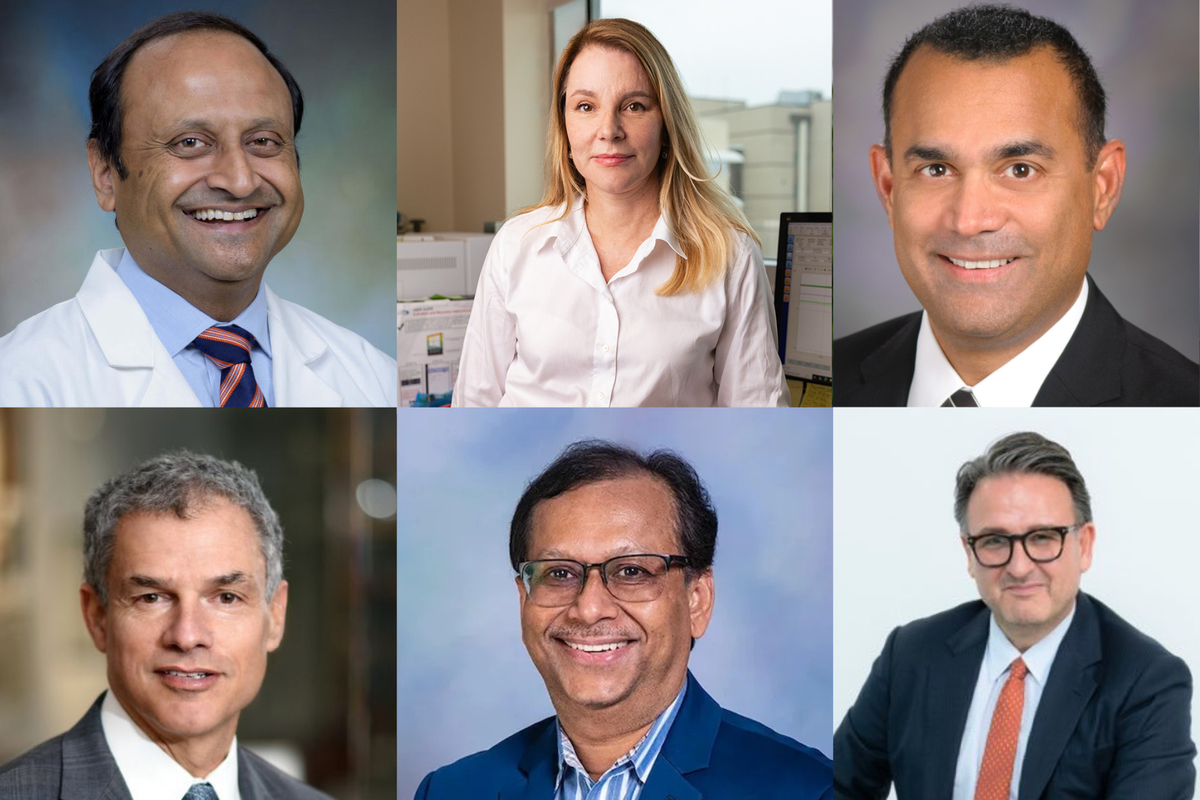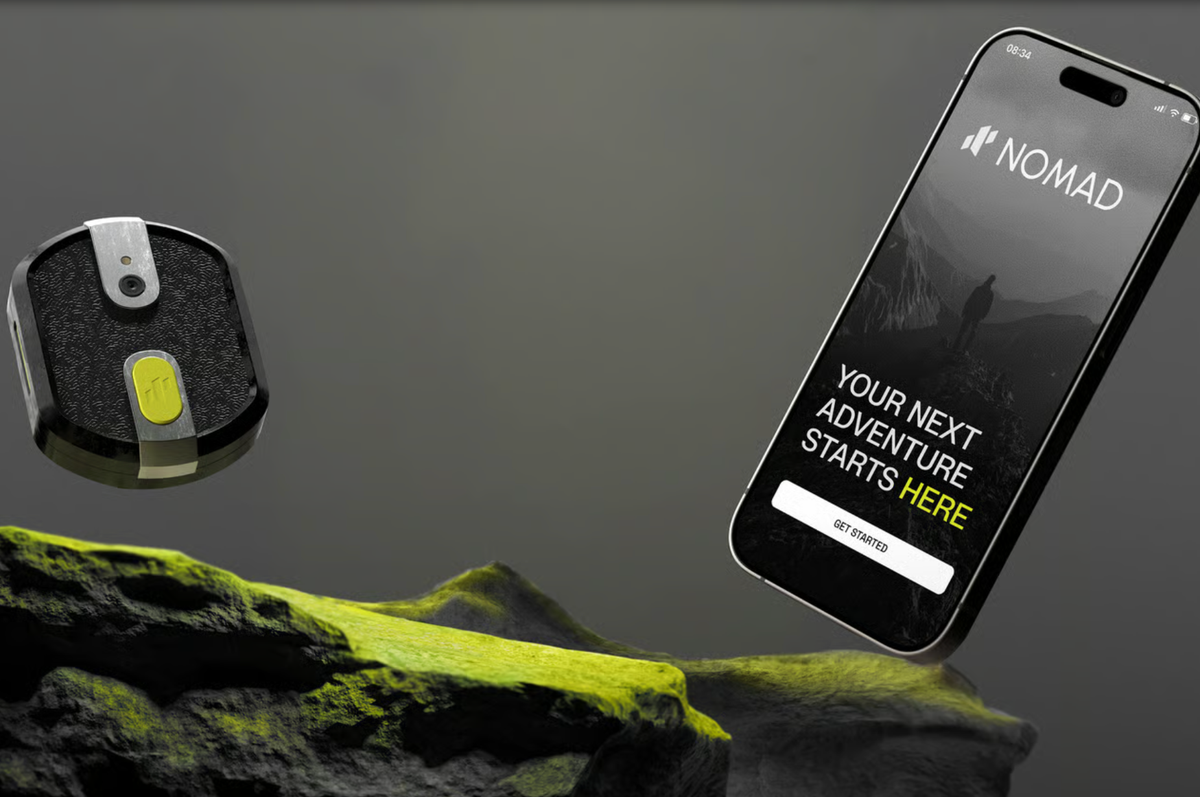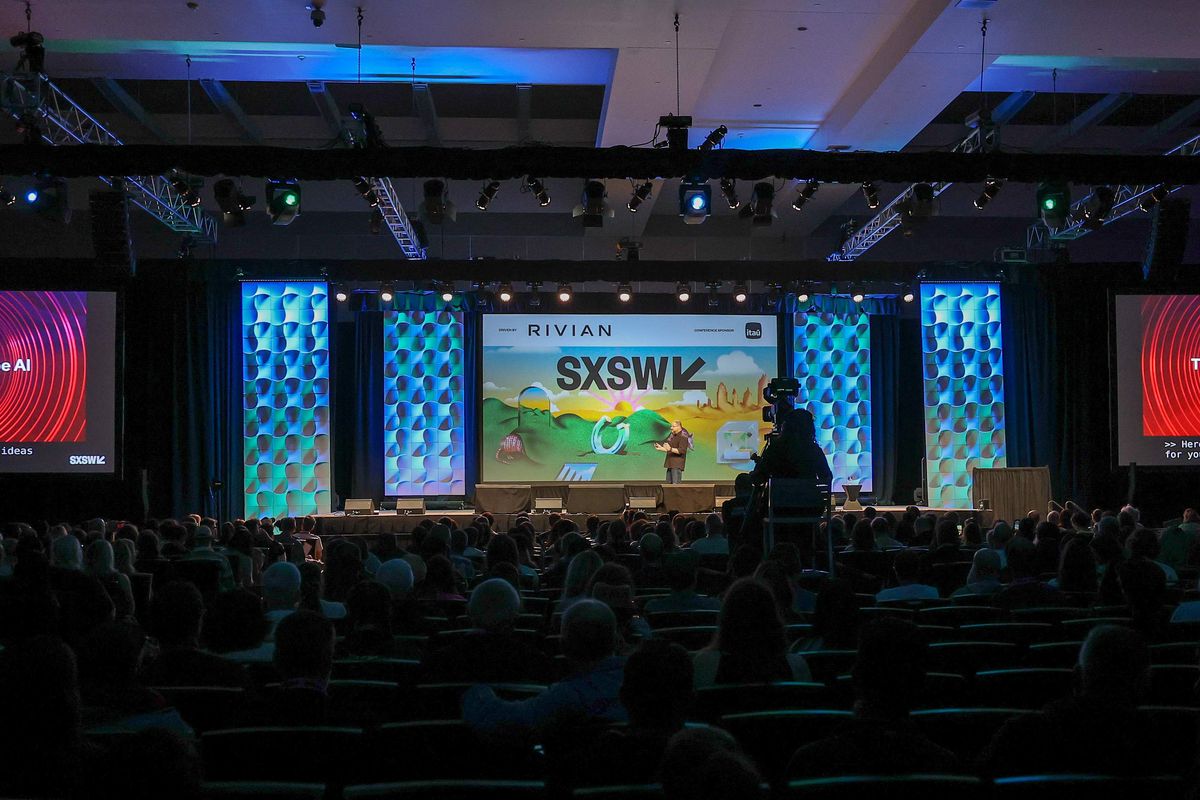How to utilize AI and ChatGPT to increase employee productivity, according to this Houston expert
guest column
We are crossing a Rubicon. A point of no return. The birth of Chat GPT has opened a world of possibilities not seen before. Though artificial intelligence has been a part of our lives for many years, it has now taken a form that will become more universal. And nowhere will it be more prevalent than in the workplace. Companies all around the world are using this technology to transform the way we work and the offices we inhabit. The race is on.
Many companies are already using AI to drastically change their office design and the way they work. Those that haven’t embraced it are now faced with a choice – to incorporate the AI revolution into their business, tactics, and workspace or get left behind. Luckily, the companies that are utilizing AI and ChatGPT have proven several ways that the technology can benefit their workflow and company culture, including:
- Speech recognition capabilities
- Task automation
- Improved workplace design
In this article, we will explore each of these benefits and how they are helping businesses enhance productivity, support their employees, and transform their offices.
Voice to Text Capabilities
Companies are using AI to support employees by alleviating mundane tasks that can lead to burnout, starting with typing. AI-powered speech recognition software enables employees to use their voice to respond to emails, create reports, and fill out forms. This type of solution is effective because the average typing speed is in the 40 words per minute range. However, speech-to-text entries are about three times faster and more accurate. Additionally, the technology can reduce repetitive stress injuries and eliminate barriers for employees with disabilities.
Task Automation
AI-powered technologies can also automate other tasks like generating meeting summaries and minutes. This can save time and ensure that critical information is not missed. ChatGPT can even automate the scheduling of meetings and appointments. Shaffra, a company in Dubai, is utilizing the chatbot’s services to free up time and resources for more creative and strategic work. Other startups like Growdash are leveraging ChatGPT to provide insights into why a particular marketing campaign has not performed well and how it can be improved.
ChatGPT also helps streamline processes, such as onboarding new hires. By providing an accessible, centralized repository of information, ChatGPT can help employees reduce decision-making time and improve accountability. With its visibility into task completion, the technology also encourages remote workers to stay engaged, speeding up workflows.
Improved Workplace Design
ChatGPT is also impacting workplace real estate by influencing design choices. With the rise of virtual communication, businesses are reconsidering the layout of physical workspaces. ChatGPT can help inform these decisions by analyzing employee feedback and identifying patterns in communication and collaboration. This data can be used to design workspaces that are optimized for productivity, improving employee satisfaction, and reducing turnover.
At Telstra, Australia's leading telecommunications company, CEO Vicki Brady identified AI as a key part of the company's 2025 strategy and has already implemented various AI technologies to improve customer service, network security, and software development. This in turn could lead to a need for more versatile and adaptable workspaces that can accommodate different work styles and preferences.
Conclusion
It is important to note that AI technologies are not perfect. Users have stated that AI may occasionally give inaccurate responses or have untrustworthy information sources. But the benefits of using AI-powered technologies to support employee throughput and well-being still outweigh the risks.
As companies navigate a rapidly changing global landscape, technological advancements can play a critical role in ensuring their success. From automating tedious tasks to enabling remote work, artificial intelligence tools like ChatGPT and speech recognition platforms have become vital assets for optimizing workplace efficiency and processes. Ultimately, the success of any business lies in its ability to adapt to ever-changing technologies, and ChatGPT is undoubtedly leading the way.
------
Matt Norberg is the associate technical designer at Gensler.

 Dean Strombom is the strategy lead and principal at Gensler's Houston office. Photo courtesy of Gensler
Dean Strombom is the strategy lead and principal at Gensler's Houston office. Photo courtesy of Gensler ReRun allows Gensler to upload a floorplan into the program, which applies generative algorithms to determine safe separation between workplaces by creating circles ranging from six to eight-foot diameters. Graphic courtesy of Gensler
ReRun allows Gensler to upload a floorplan into the program, which applies generative algorithms to determine safe separation between workplaces by creating circles ranging from six to eight-foot diameters. Graphic courtesy of Gensler From common space to desks and offices, ReRun can help enable social distancing in the workplace. Photo courtesy of Gensler
From common space to desks and offices, ReRun can help enable social distancing in the workplace. Photo courtesy of Gensler







 Photo by Rome Wilkerson on Unsplash
Photo by Rome Wilkerson on Unsplash








 The 2025 Mentor of the Year will be announced on Nov. 13. Courtesy photos
The 2025 Mentor of the Year will be announced on Nov. 13. Courtesy photos










